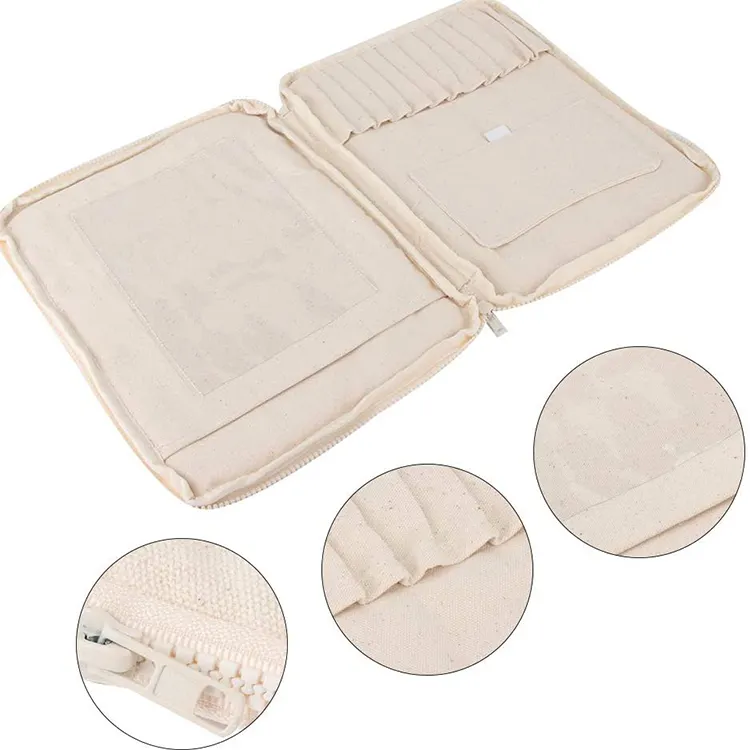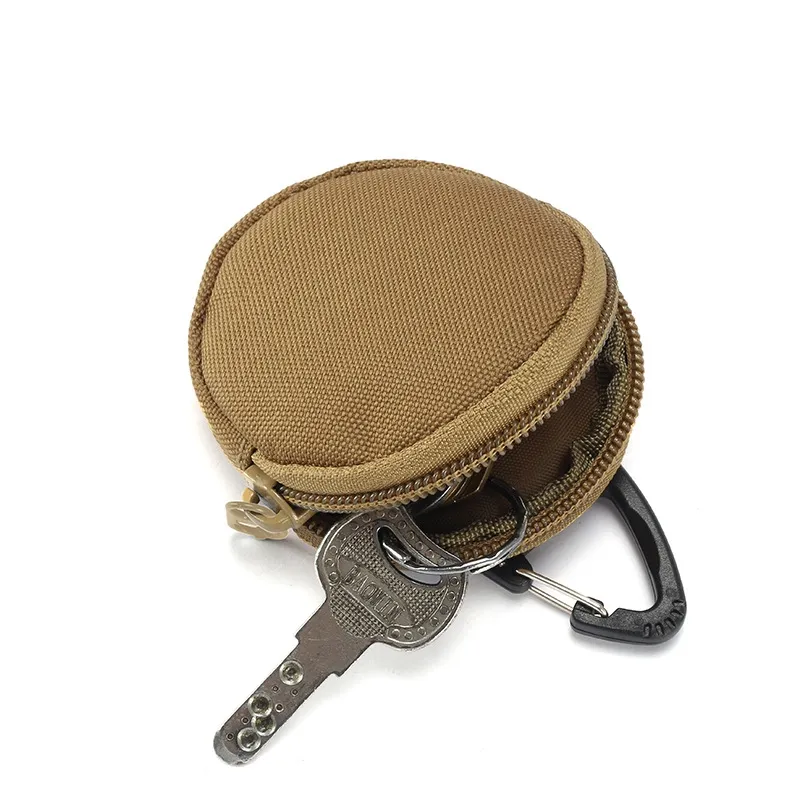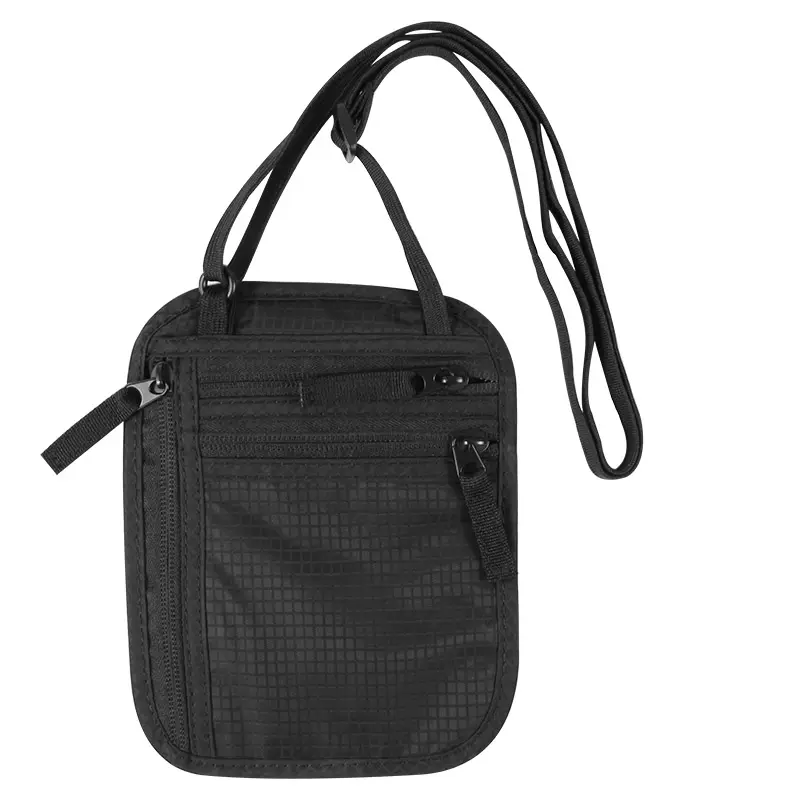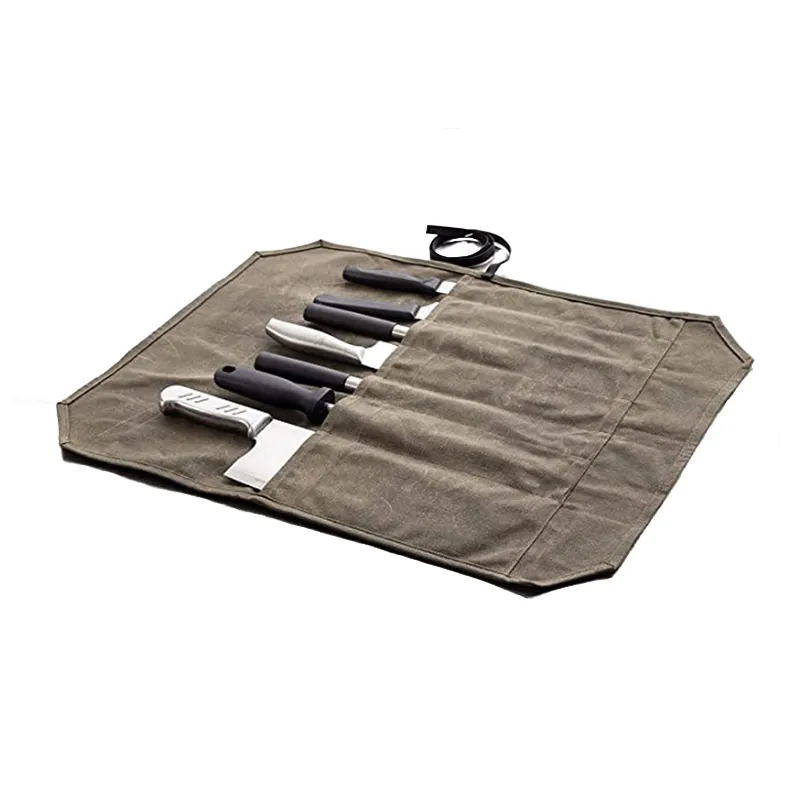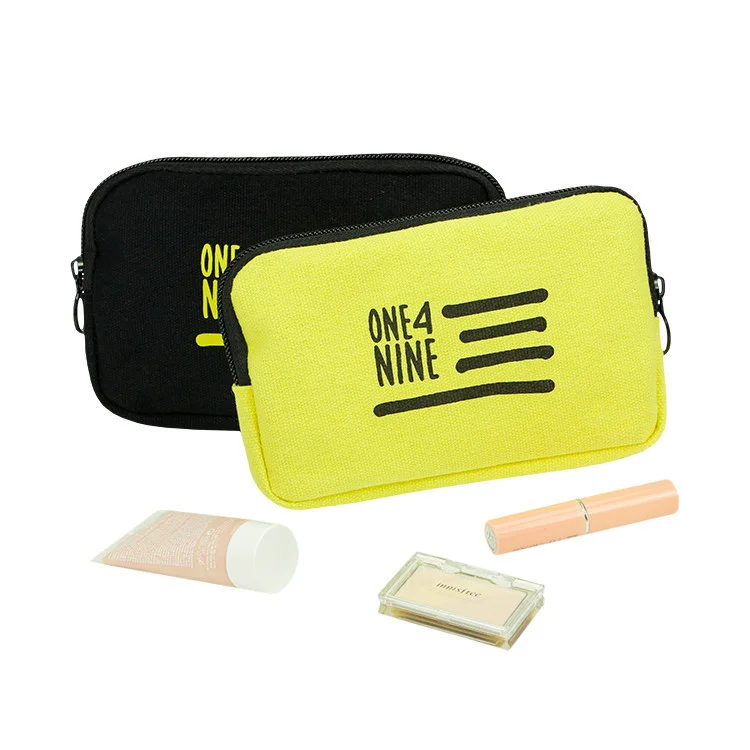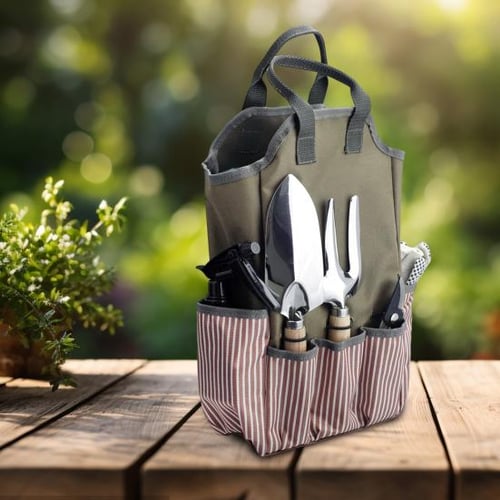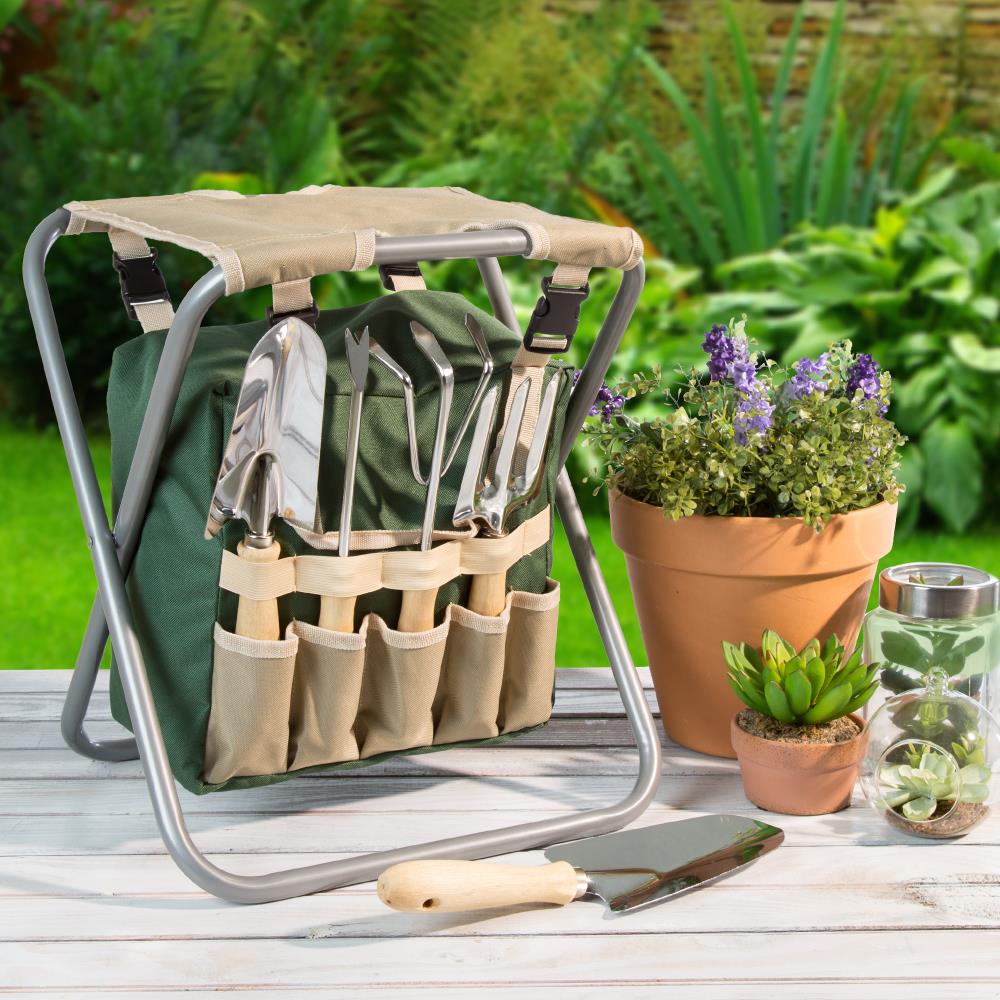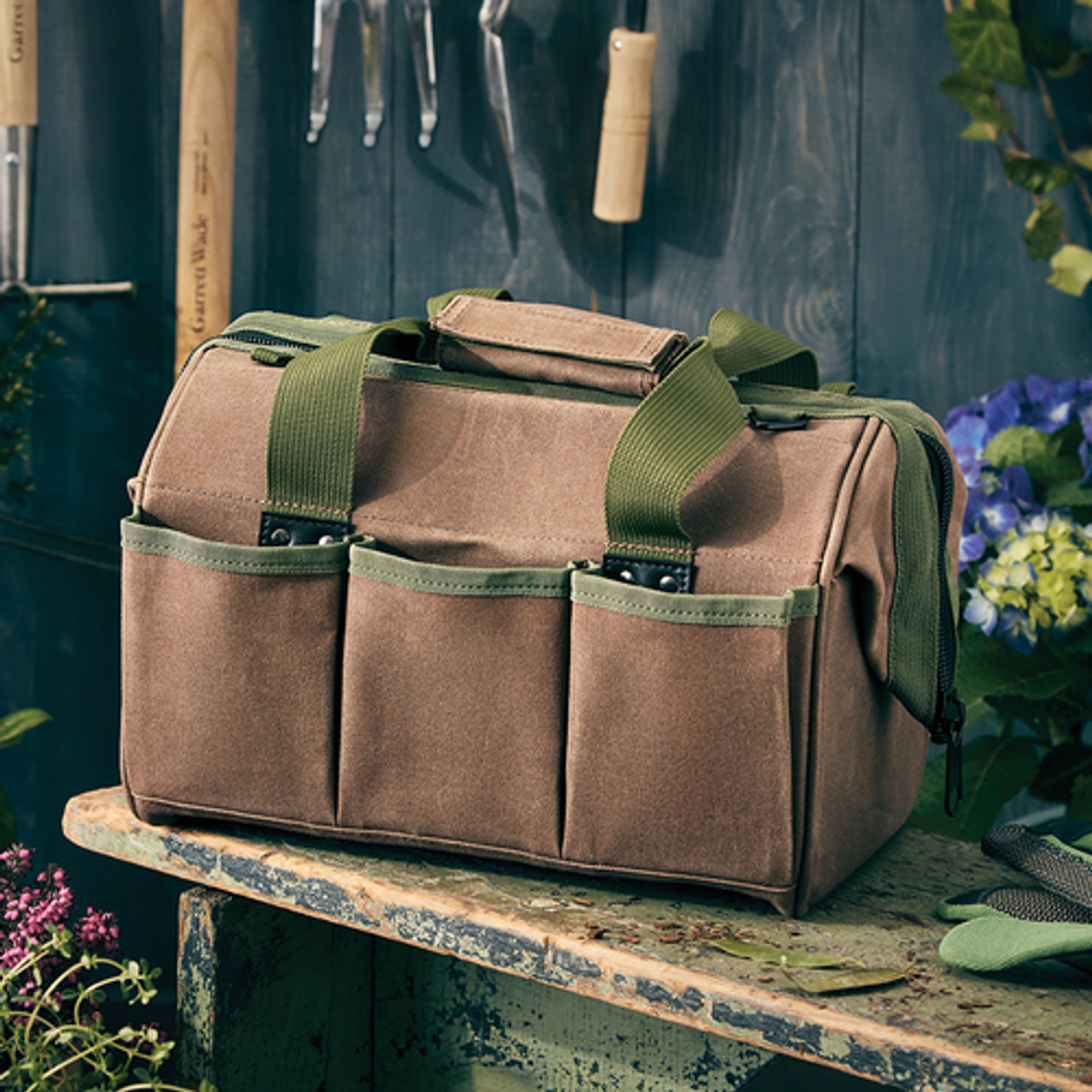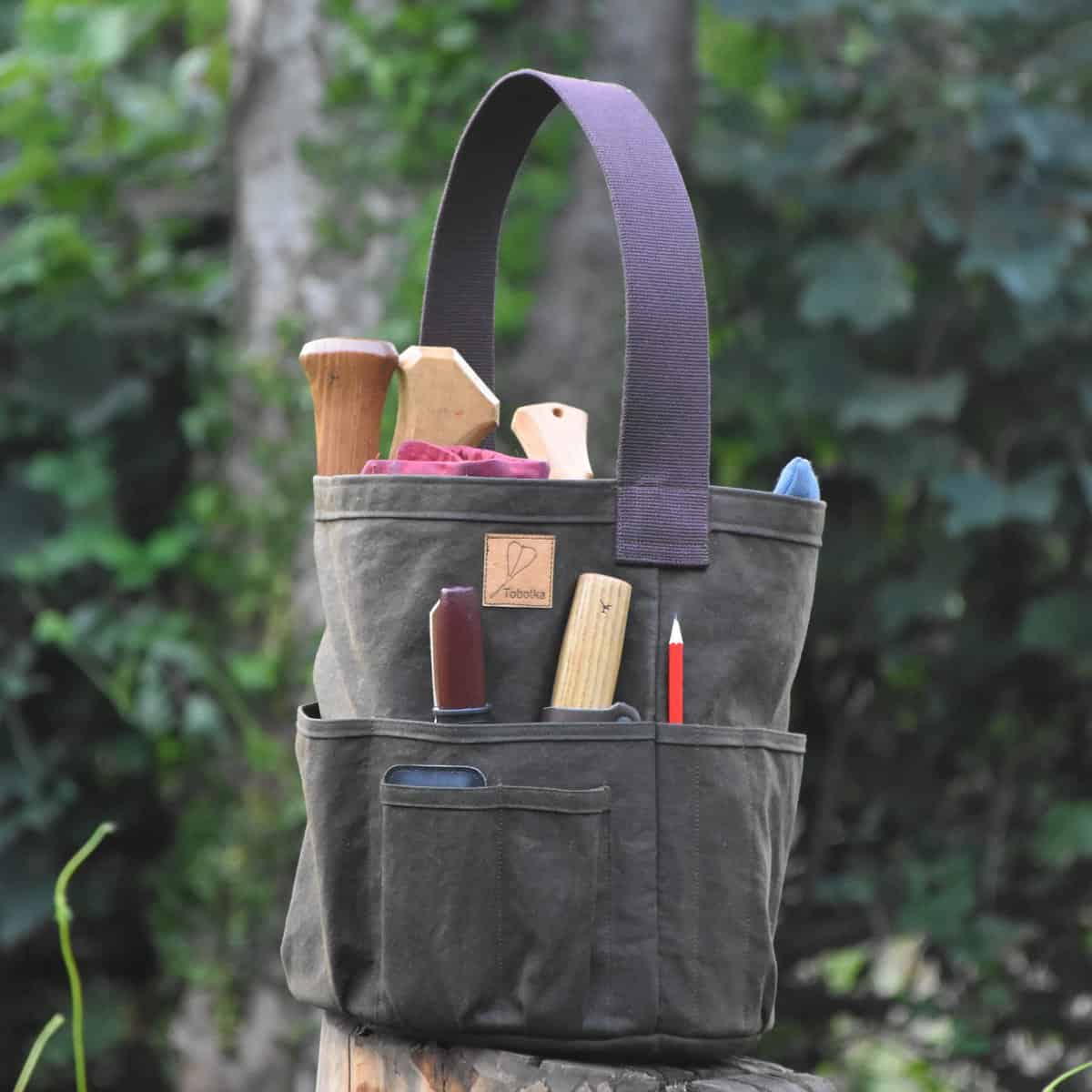7 features to look for in the best tool bag
A tool bag is an essential piece of equipment for both professional tradespeople and DIY enthusiasts. It’s not just a place to store your tools—it’s also key to improving work efficiency and keeping your gear organized. Whether you’re an electrician, carpenter, or a home repair enthusiast, the right tool bag can make all the difference. So, what should you look for when choosing the best tool bag? Here are seven key features to consider when selecting the perfect tool bag for your needs.
1. Durability and Material Quality
The durability of a tool bag is critical as it directly impacts its lifespan and its ability to protect your tools. Considering that tool bags often need to withstand harsh work environments, selecting a bag made from strong, durable materials is essential. Common durable materials include thick canvas, nylon, and ballistic polyester. These materials are resistant to wear and tear and water and can handle the pressure of carrying heavy tools.
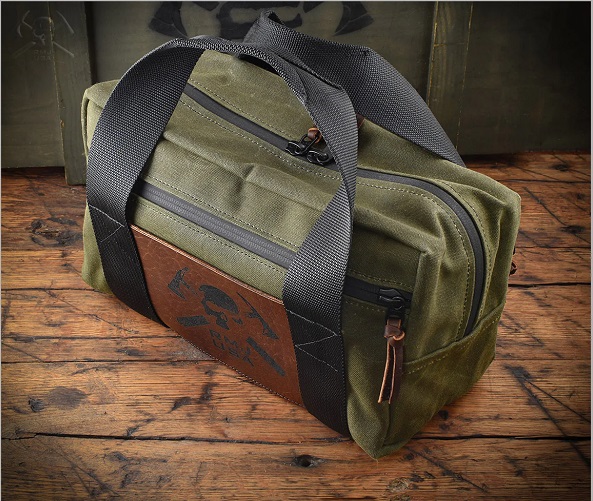
Reinforced design is another key feature that enhances the durability of a tool bag. For instance, many tool bags are reinforced at the corners, base, and opening to increase their resistance to impact and pressure. Jack Turner, a seasoned contractor with over 15 years of experience, says, “A truly good tool bag is one that stands the test of time, and it needs to be made from materials that can withstand the daily wear and tear of work.”
Additionally, double stitching and waterproof coatings are crucial to ensuring the longevity of your bag. If you’re often working in bad weather conditions, choosing a bag with waterproof features can prevent your tools from rusting or getting damaged.
2. Comfortable Carrying Design
The carrying design of a tool bag directly affects comfort, especially if you need to carry the bag for long periods or transport heavy tools. Opt for a tool bag with padded shoulder straps and reinforced handles to reduce strain on your shoulders and hands.
For heavier tool bags, adjustable shoulder straps are a practical feature, as they allow you to tailor the fit to your specific needs, helping to alleviate unnecessary pressure. A well-designed tool bag with ergonomic handles and shoulder straps can significantly improve comfort, even during extended use.
Electrician Emily Brown shared, “I carry heavy tools every day, and without comfortable shoulder straps and handles, it becomes very difficult. Padded shoulder straps allow me to carry the bag comfortably, even after a long day on the job.”
3. Adequate Storage and Organizational Design
A good tool bag should not only offer enough space but also have a thoughtful organizational design. Tools can easily become disorganized, and if your bag lacks proper organization, not only will it waste time searching for tools, but it could also lead to tool damage or loss.
The best tool bags come with multiple compartments and pockets to help keep tools neatly organized. For example, larger tools such as hammers and saws can be stored in the main compartment, while smaller tools like screwdrivers and wrenches can go into specialized smaller pockets. Some tool bags even feature external pockets and tool rolls for quick access to frequently used tools.
Mark Henderson, an experienced contractor, says, “When I’m working, I need to access my tools quickly. A bag with well-thought-out compartments lets me find each tool without wasting time and helps prevent damage to them.”
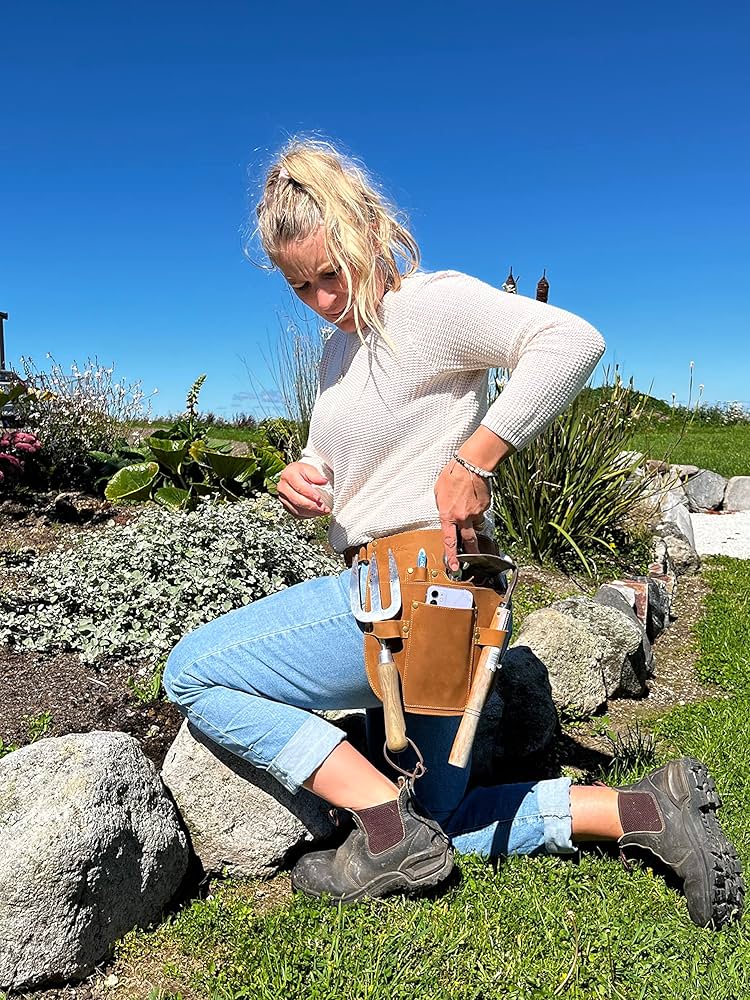
4. Water Resistance and Moisture Protection
Water resistance is a crucial feature, especially for outdoor work or in humid environments. Without proper waterproofing, a tool bag can expose your tools to moisture, which could lead to rust or electrical damage. Many modern tool bags come with waterproof coatings or use materials that offer natural resistance to water.
If you’re often working in rainy or wet conditions, choose a bag with high-quality water-resistant features, such as waterproof zippers or sealed seams to further enhance water protection.
Plumber Chris Larkin shared, “On rainy days, I rely heavily on my waterproof tool bag. Without waterproof features, my tools would get damaged by moisture. A waterproof tool bag has proven its value time and again in my work.”
5. Sturdy Zippers and Fasteners
Zippers and fasteners are some of the most frequently used parts of a tool bag, so choosing high-quality zippers and fasteners is essential for long-term durability. Metal zippers or heavy-duty nylon zippers are ideal choices as they are less likely to jam or break.
In addition to zippers, the quality of the buckles and clips is just as important. Opt for tool bags with reinforced buckles and secure clips to ensure that tools stay safely inside the bag during transport. Mike Dunlap, a professional contractor, says, “I don’t want my tool bag’s zipper or fasteners failing during a job. High-quality zippers and fasteners keep the bag secure and make it easier to use.”
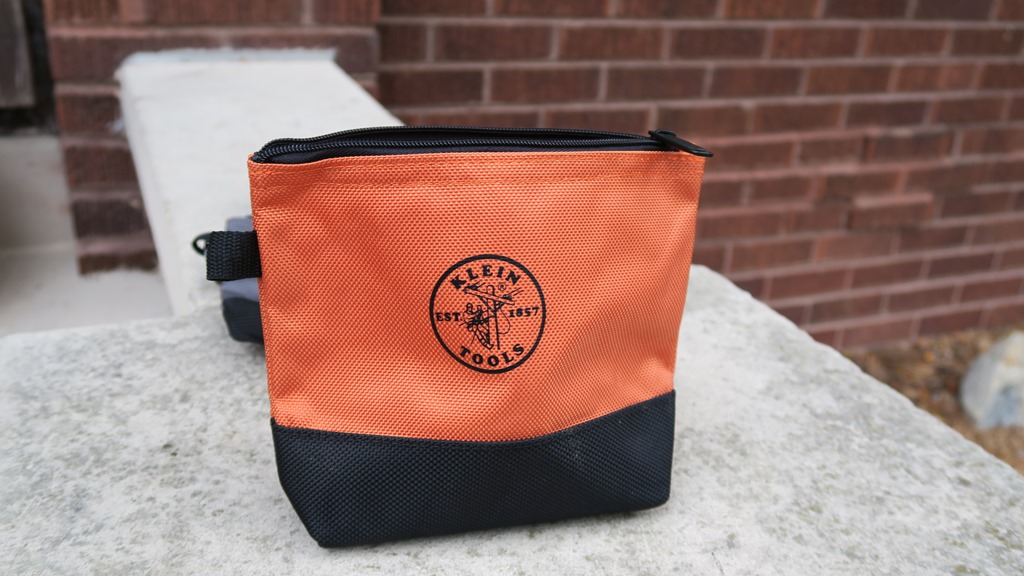
6. Appropriate Weight and Size
The size and weight of the tool bag should be selected based on your specific needs. A bag that is too large can feel cumbersome to carry, while one that is too small may not fit all the necessary tools. Choosing a tool bag that is the right size and weight for your tools will make transporting them much easier.
If you need to carry heavy tools, consider a larger tool bag, but make sure it remains well-designed to avoid becoming too bulky. For smaller home repair jobs, a medium-sized bag might be more than sufficient.
John Reynolds, a home improvement worker, shares, “I prefer a tool bag that is just the right size. It needs to be big enough to hold all my essential tools but not so big that it becomes too heavy to carry around easily.”
7. Ease of Access
Finally, the accessibility of your tools is an important feature. A good tool bag should be easy to open and allow quick access to your tools. Tool bags with wide opening designs or multiple entry points are especially useful for those who need to retrieve tools frequently during a job.
Some tool bags are designed with open-top structures, allowing the bag to stay open even without holding it, making it easy to view and grab your tools. Sarah Wallace, a carpenter, says, “I love tool bags with wide openings. When you’re working on a site, you need to access your tools quickly, and a large opening design helps me save a lot of time.”
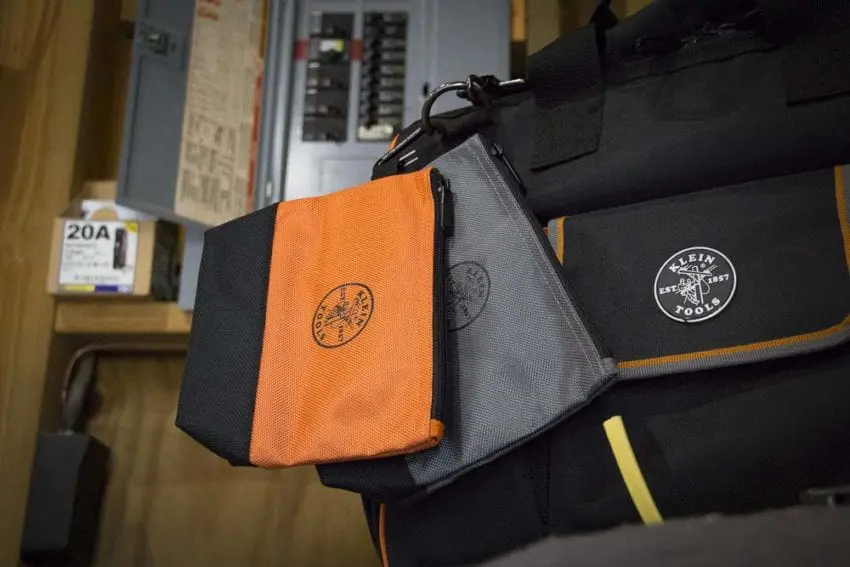
Conclusion
When selecting the best tool bag, durability, capacity, comfort, and functionality are the most important factors to consider. By paying attention to the material, organizational design, comfort features, and accessibility, you can choose a tool bag that will help you stay organized and make your work easier. Remember, the right tool bag not only protects your tools but also saves you time and helps you focus on the job at hand. Selecting the perfect tool bag will make your workday more efficient and your job more enjoyable!
Products Recommend
-
-
Oxford coin key pouch tool bag
Learn More -
Nylon crossbody travel tool bag
Learn More -
Canvas portable chef’s knife tool bag
Learn More -
Canvas portable zipper cosmetic tool bag
Learn More


